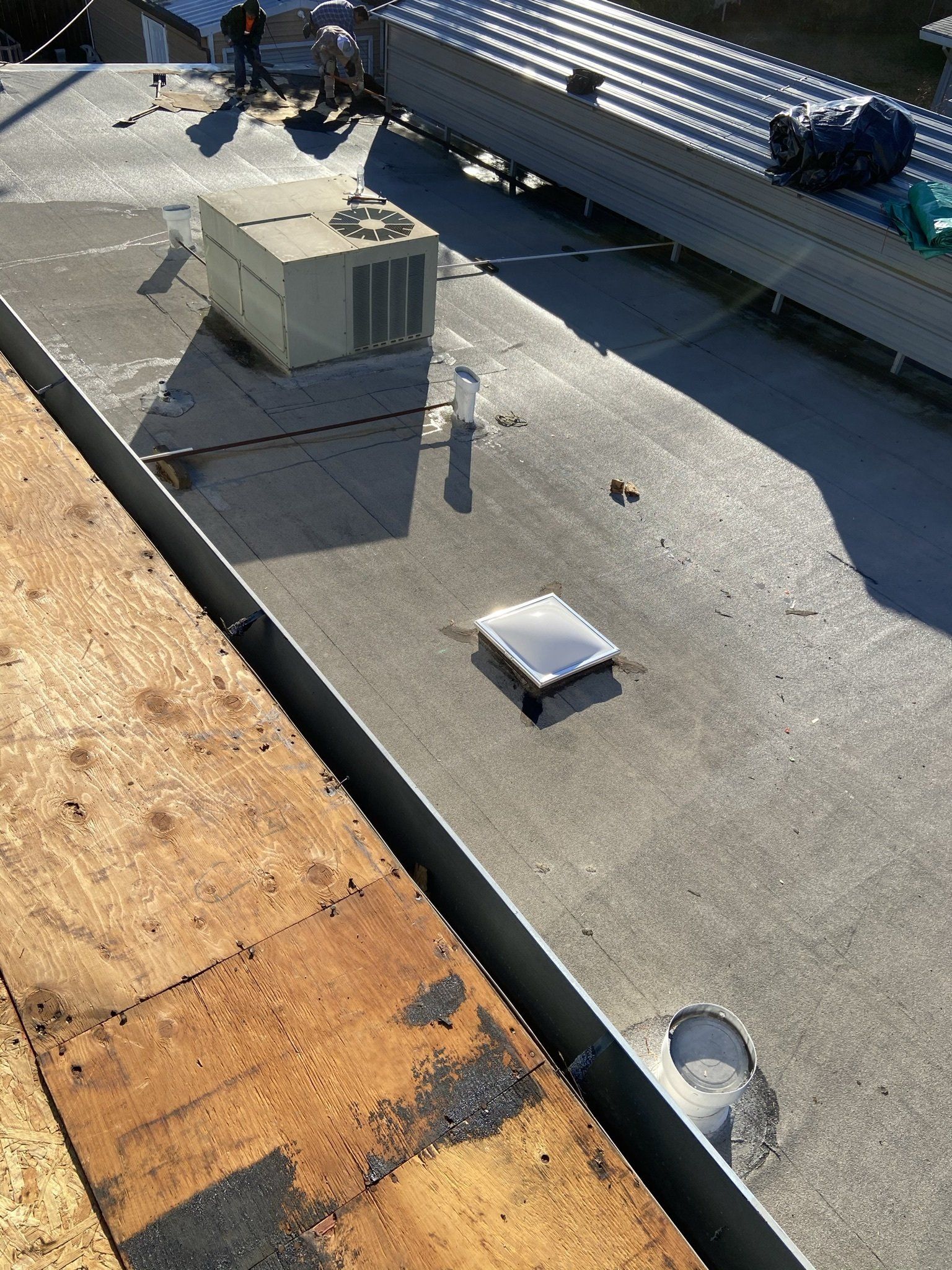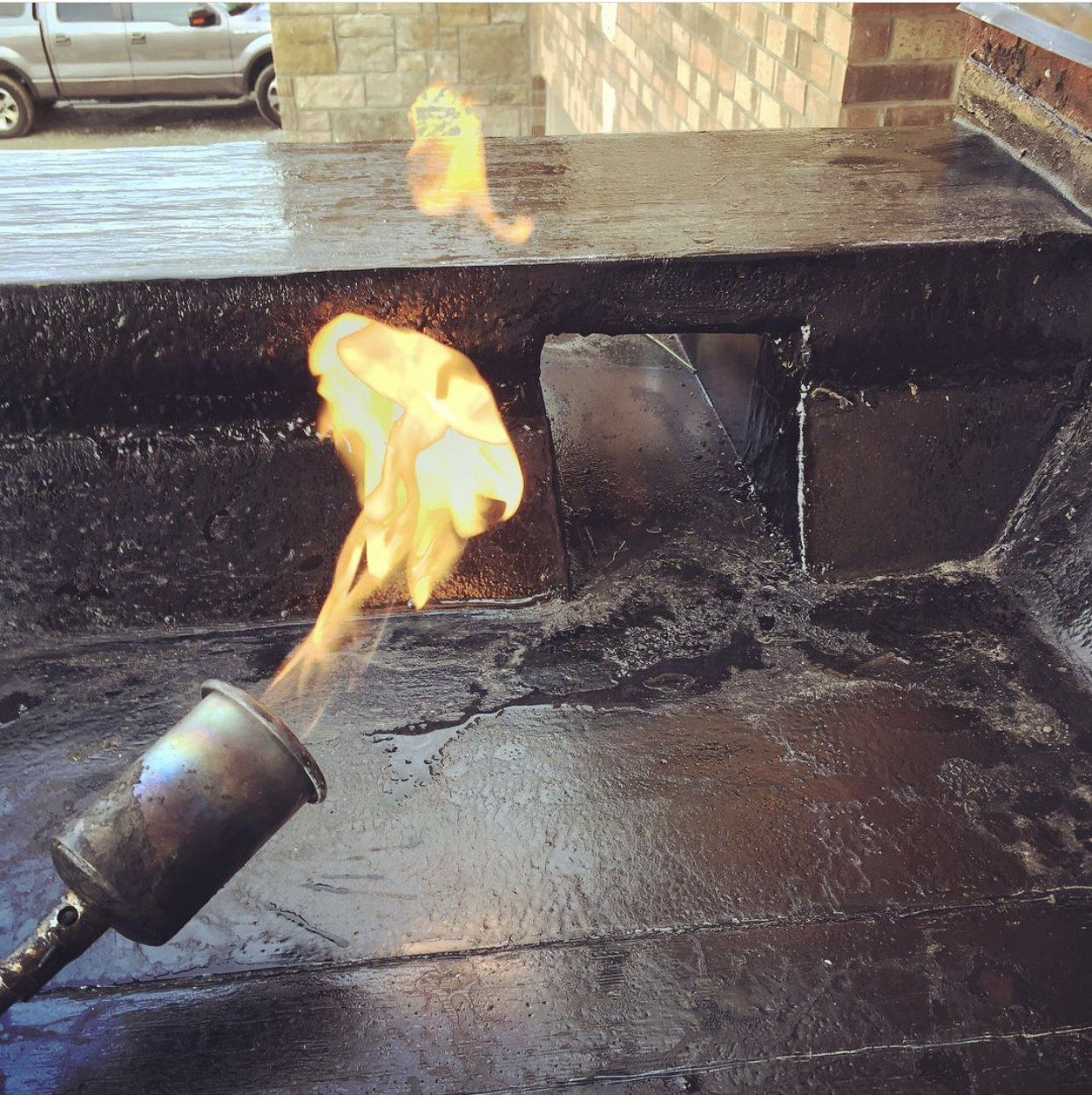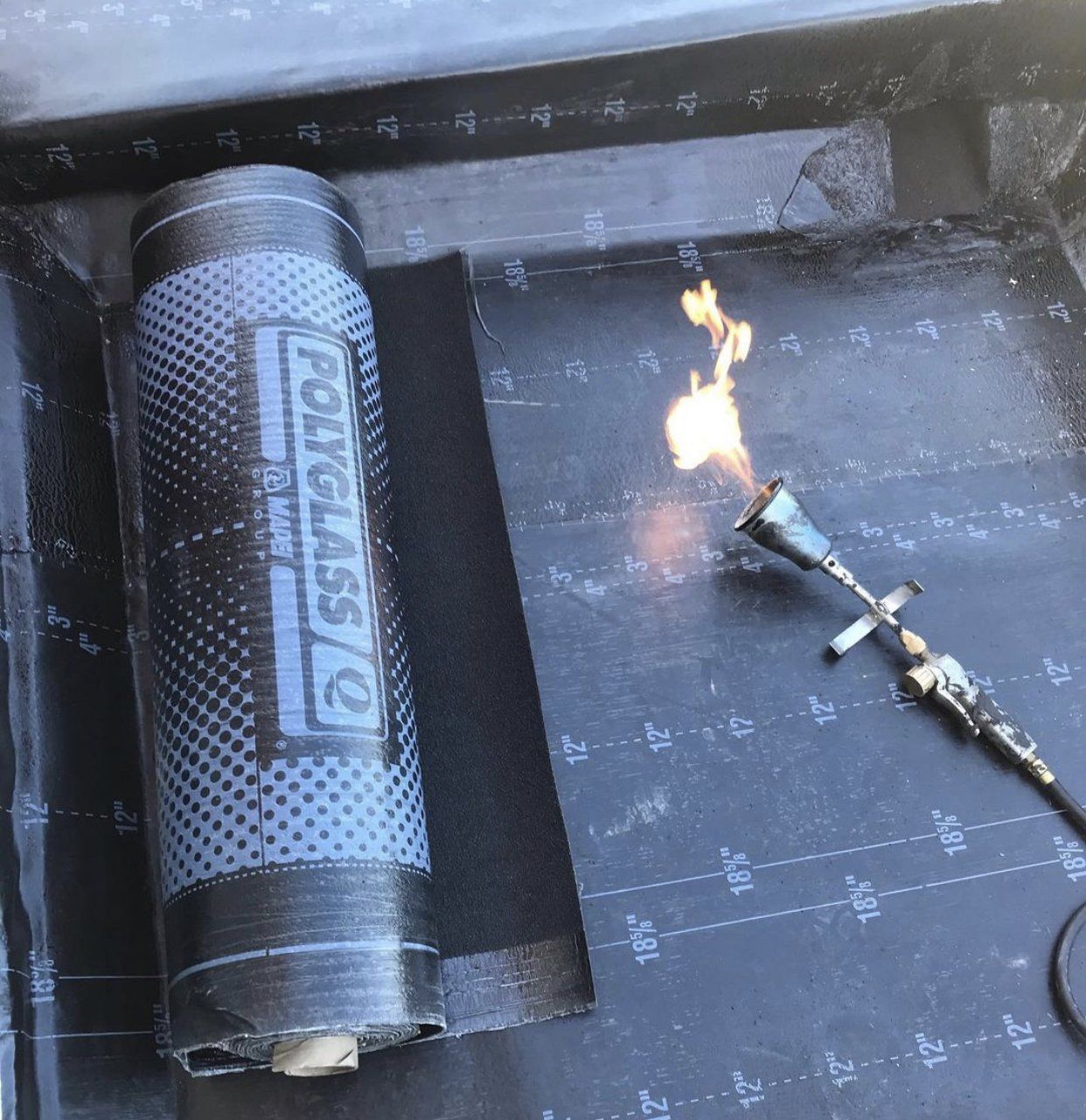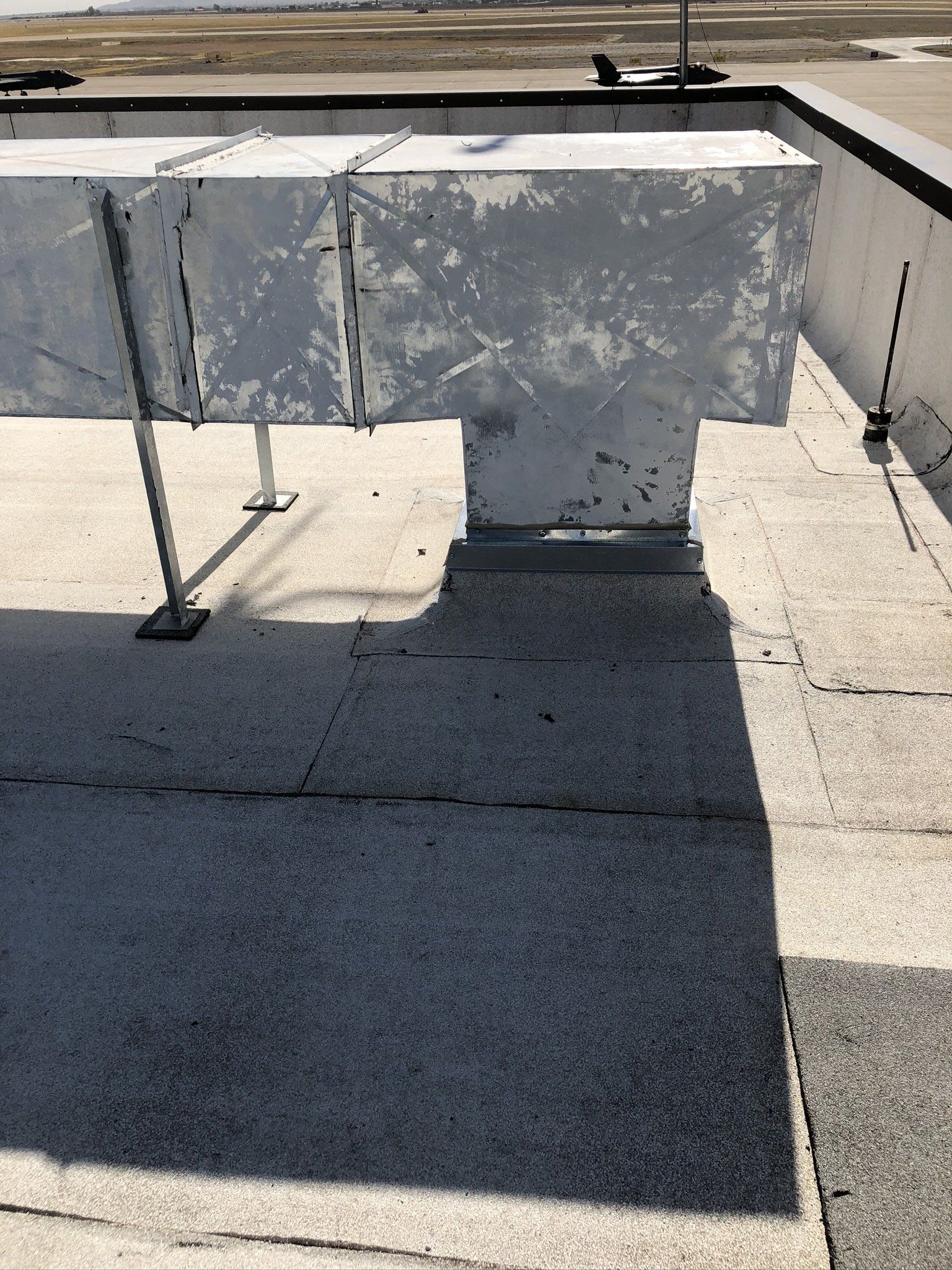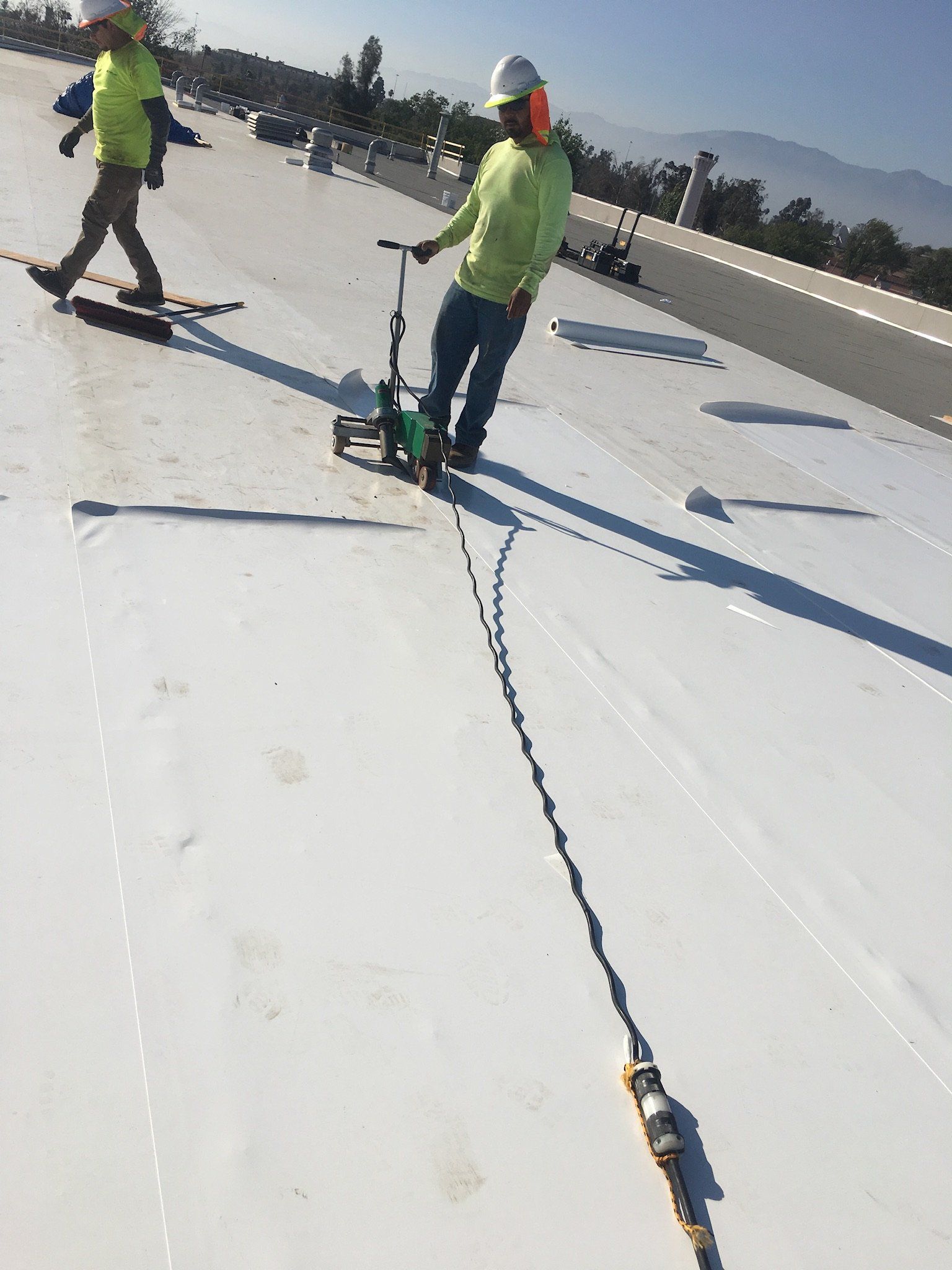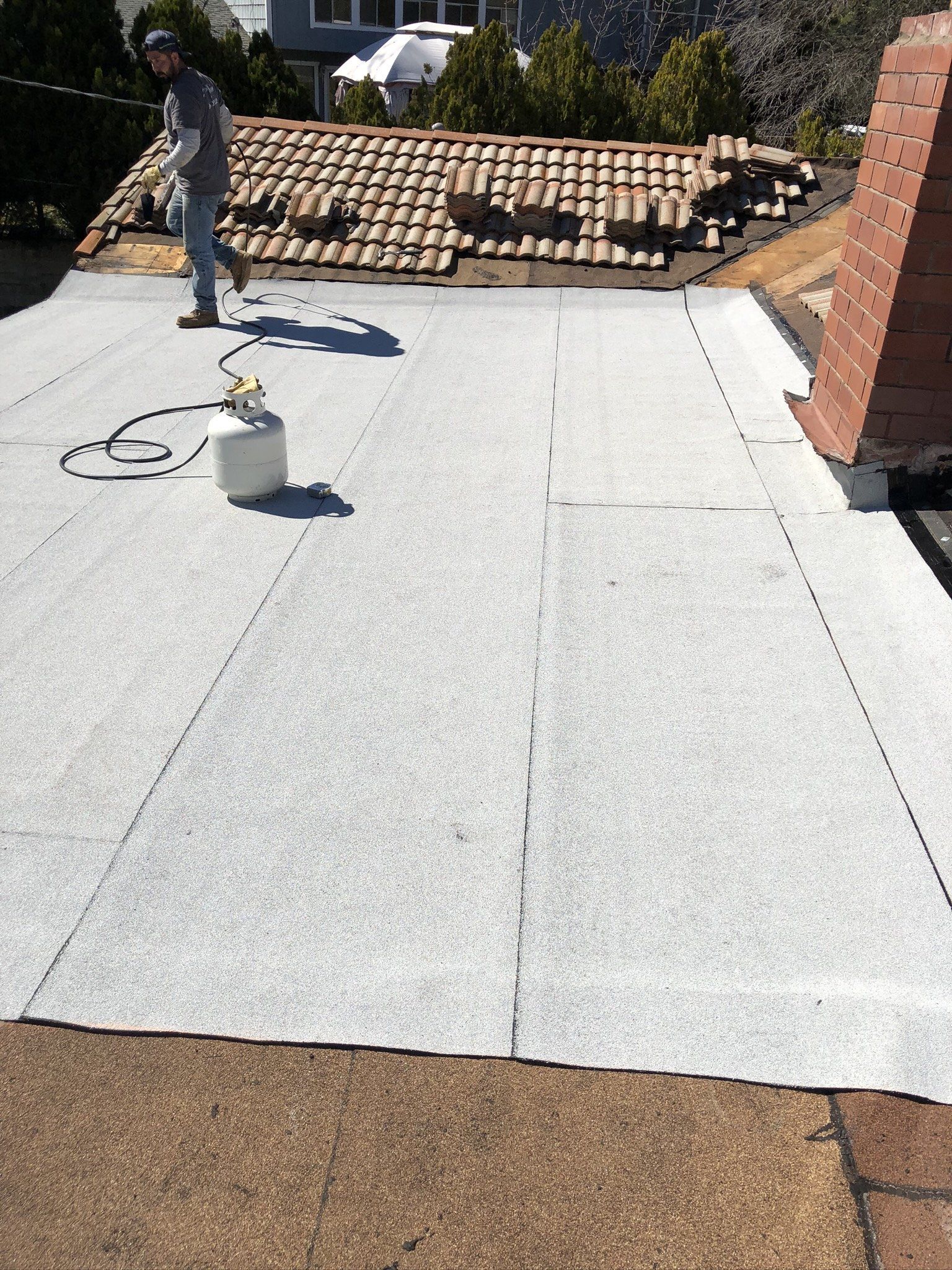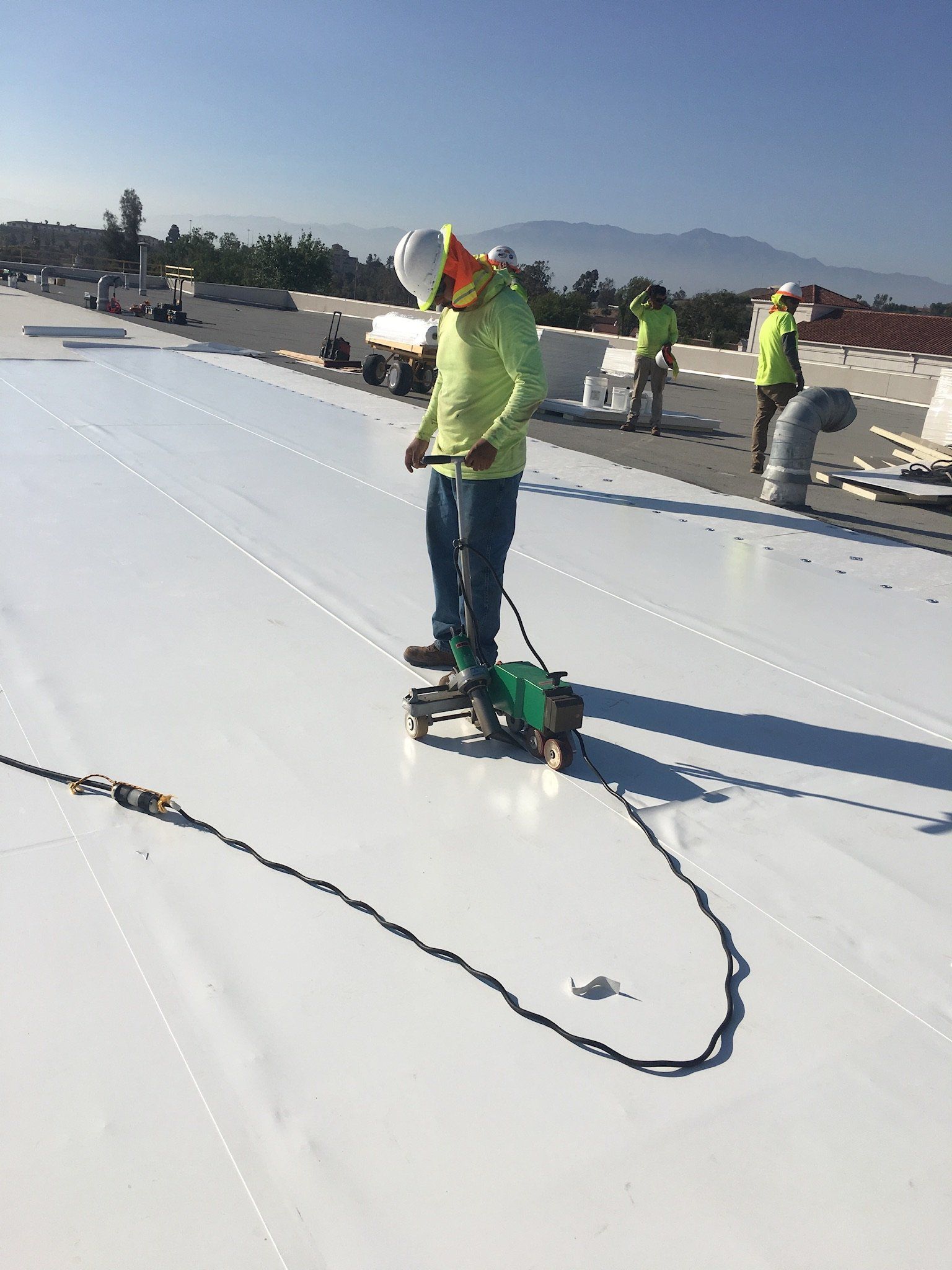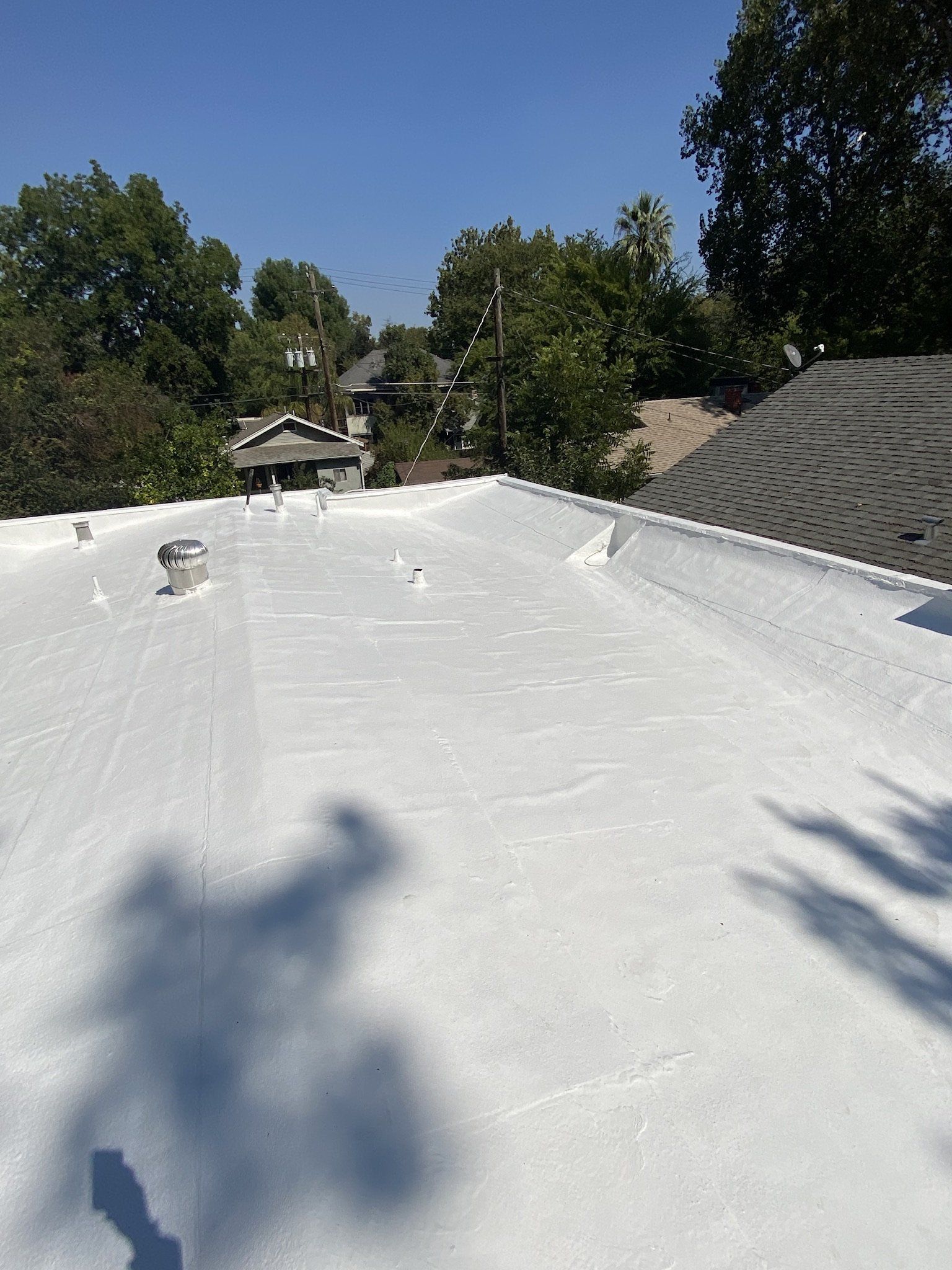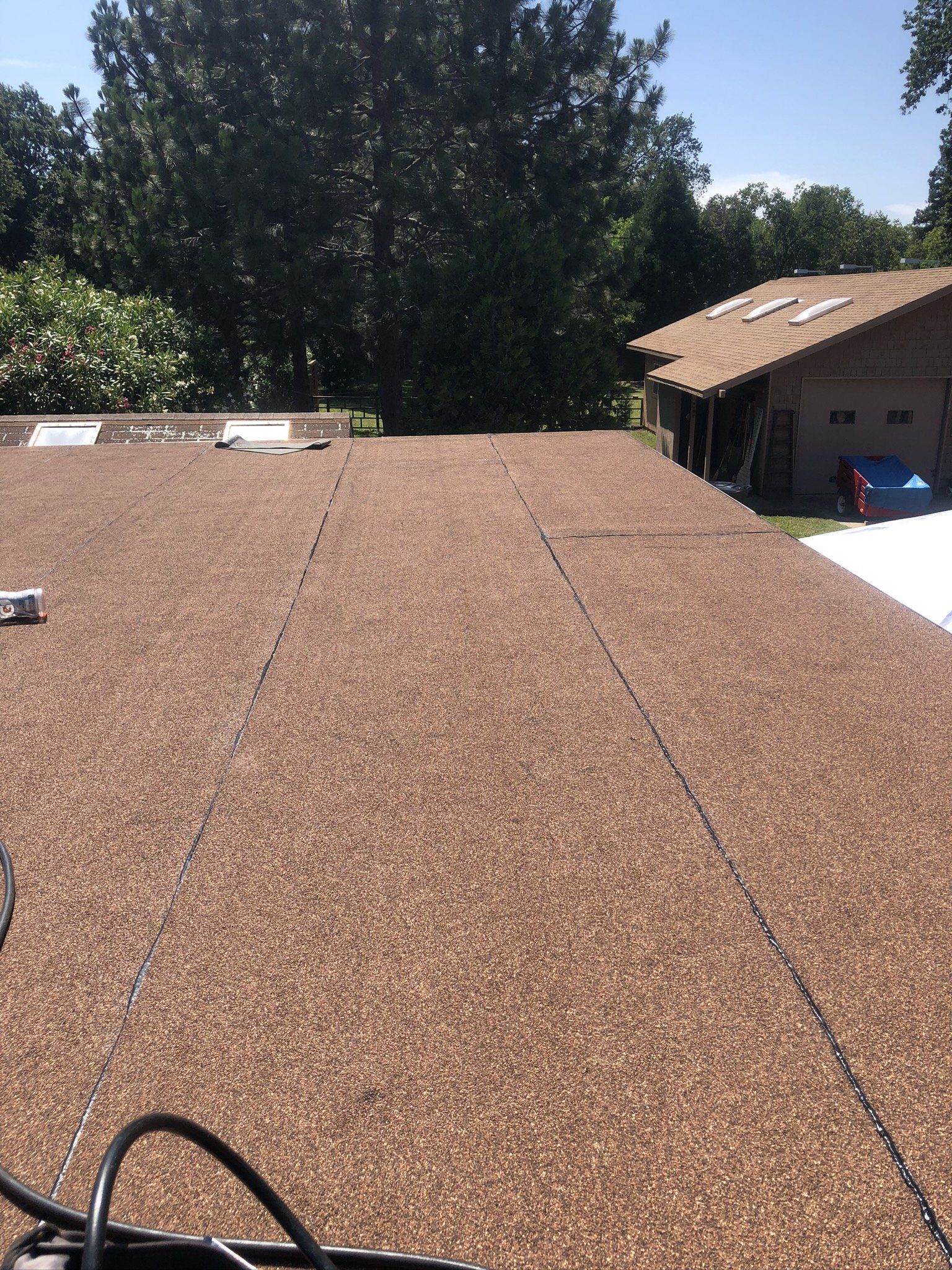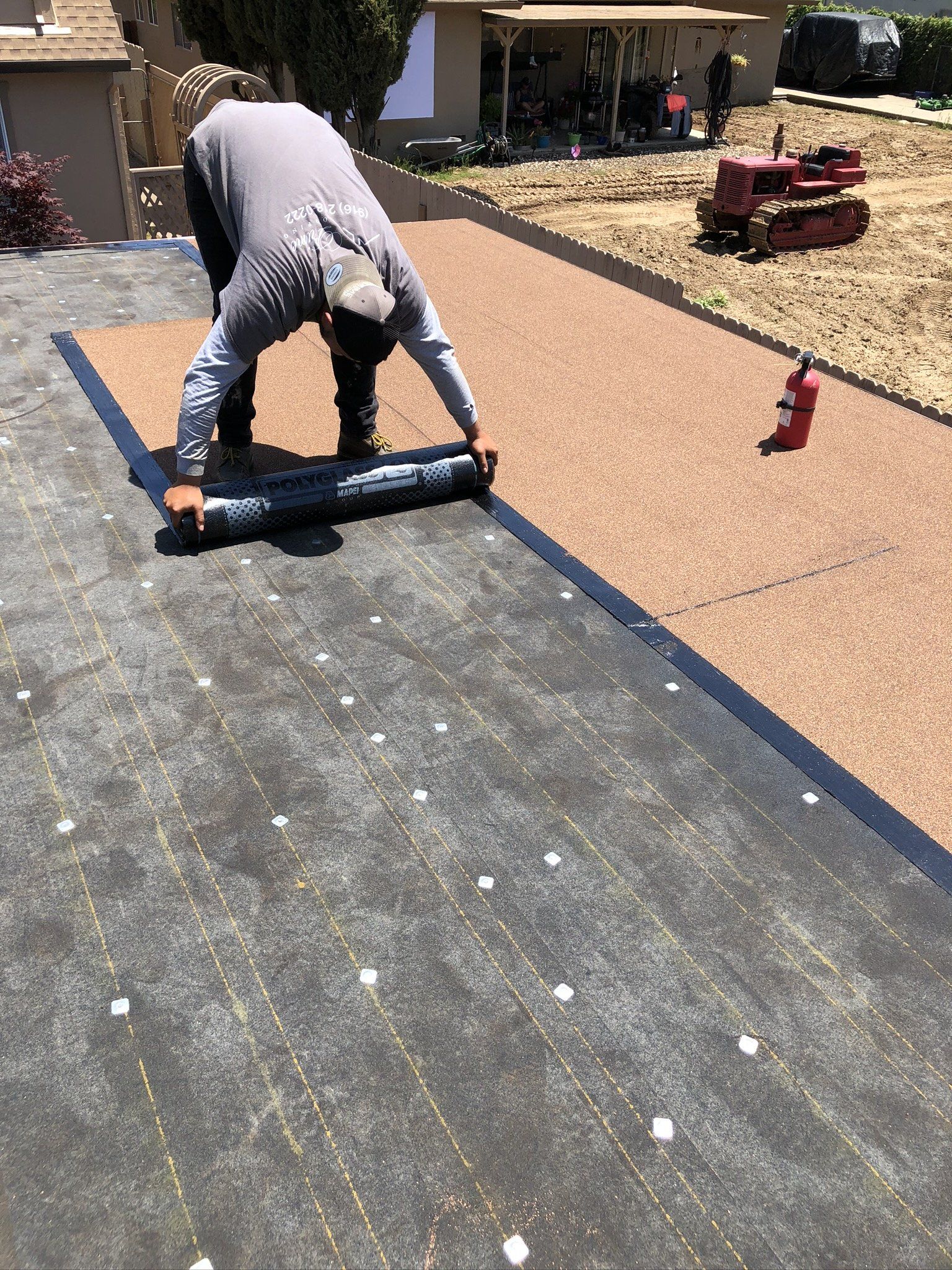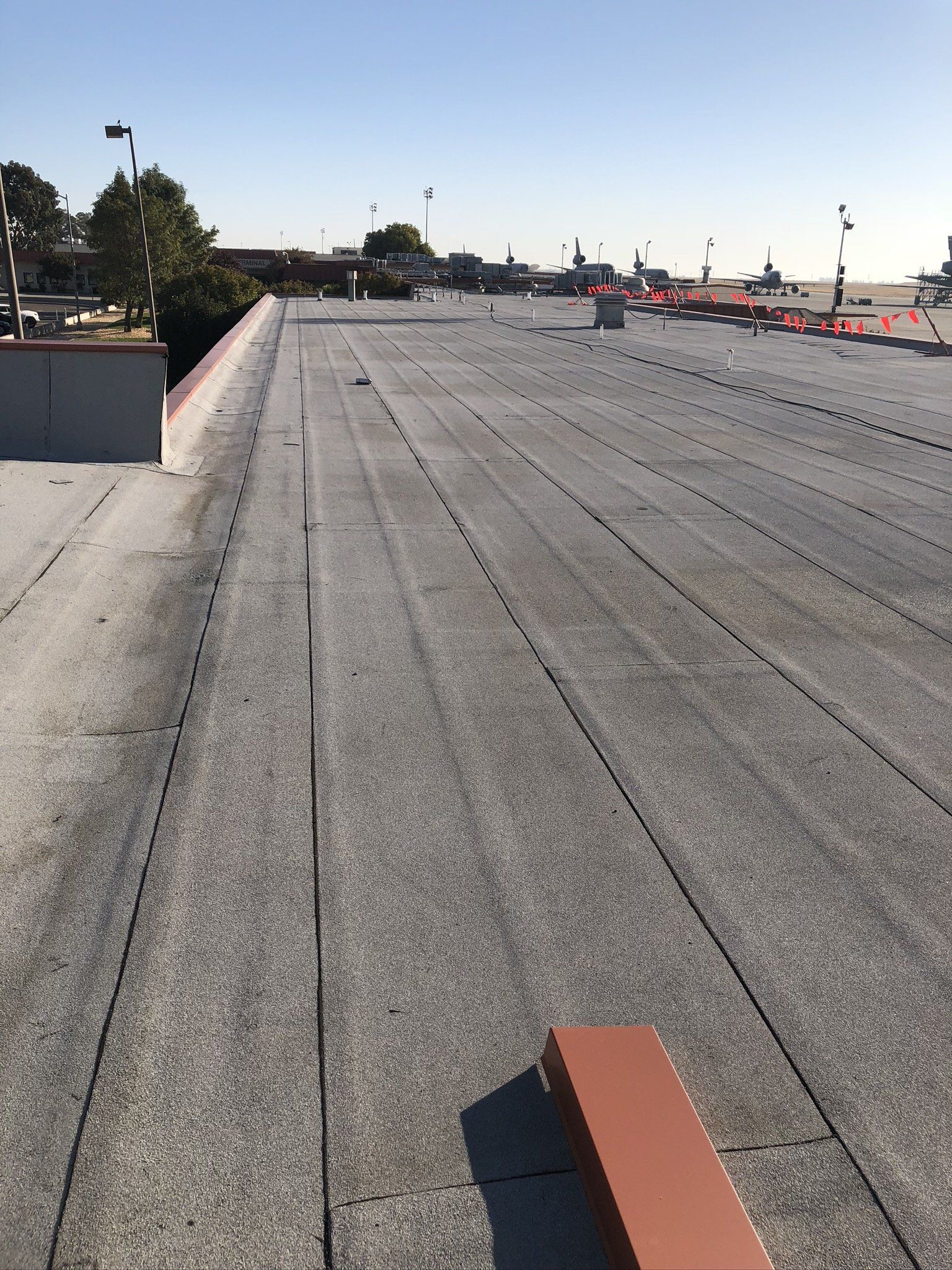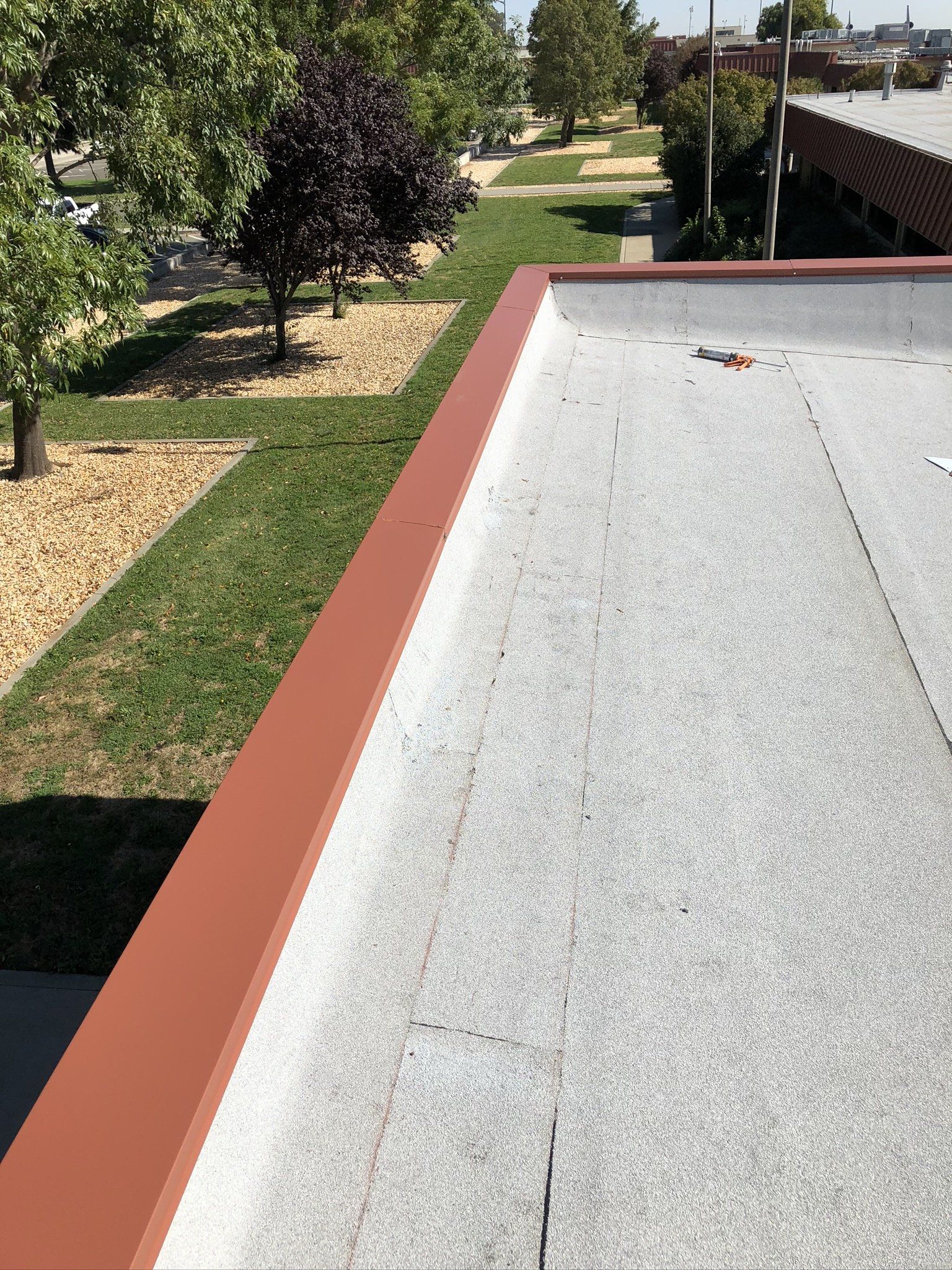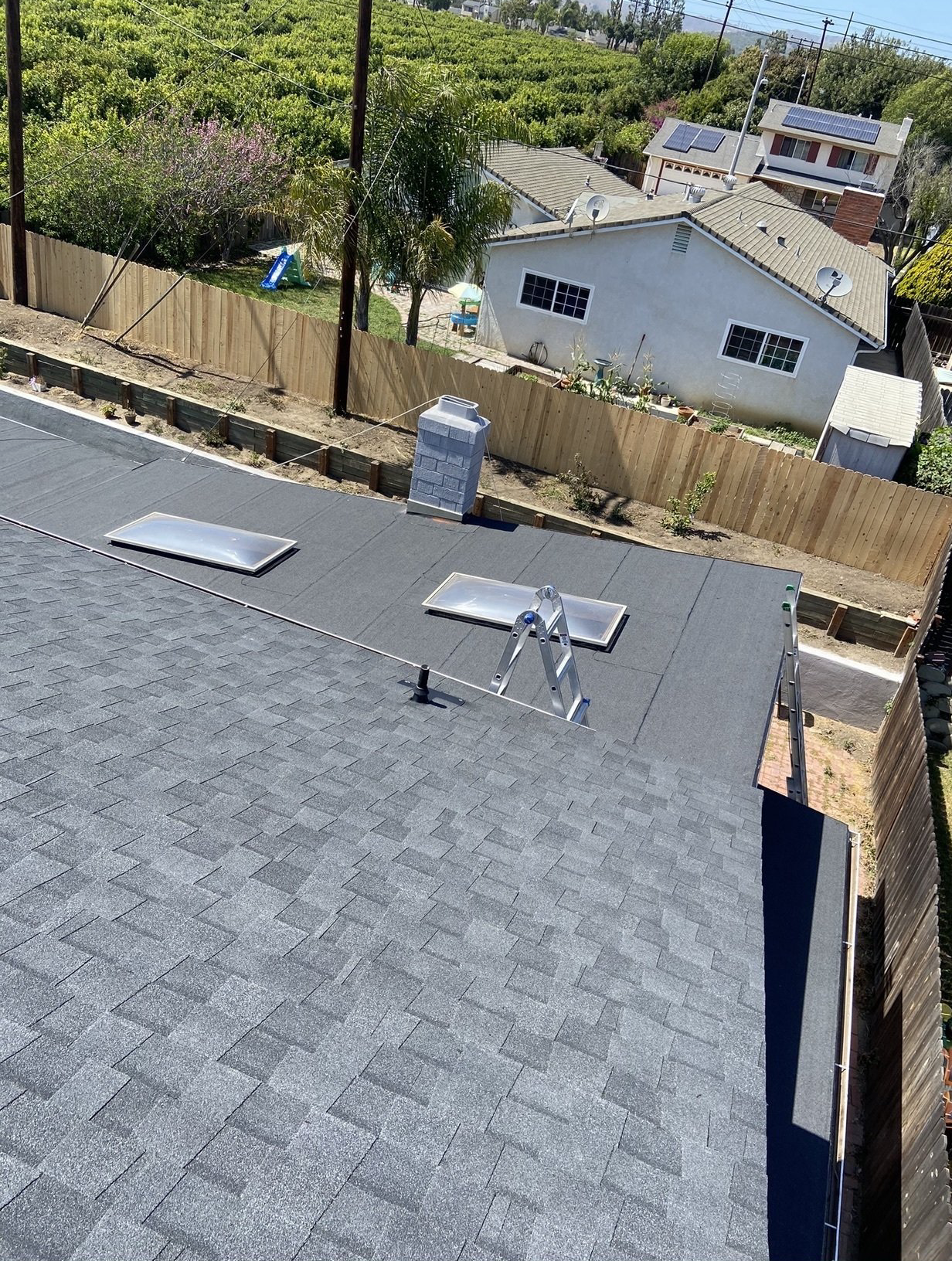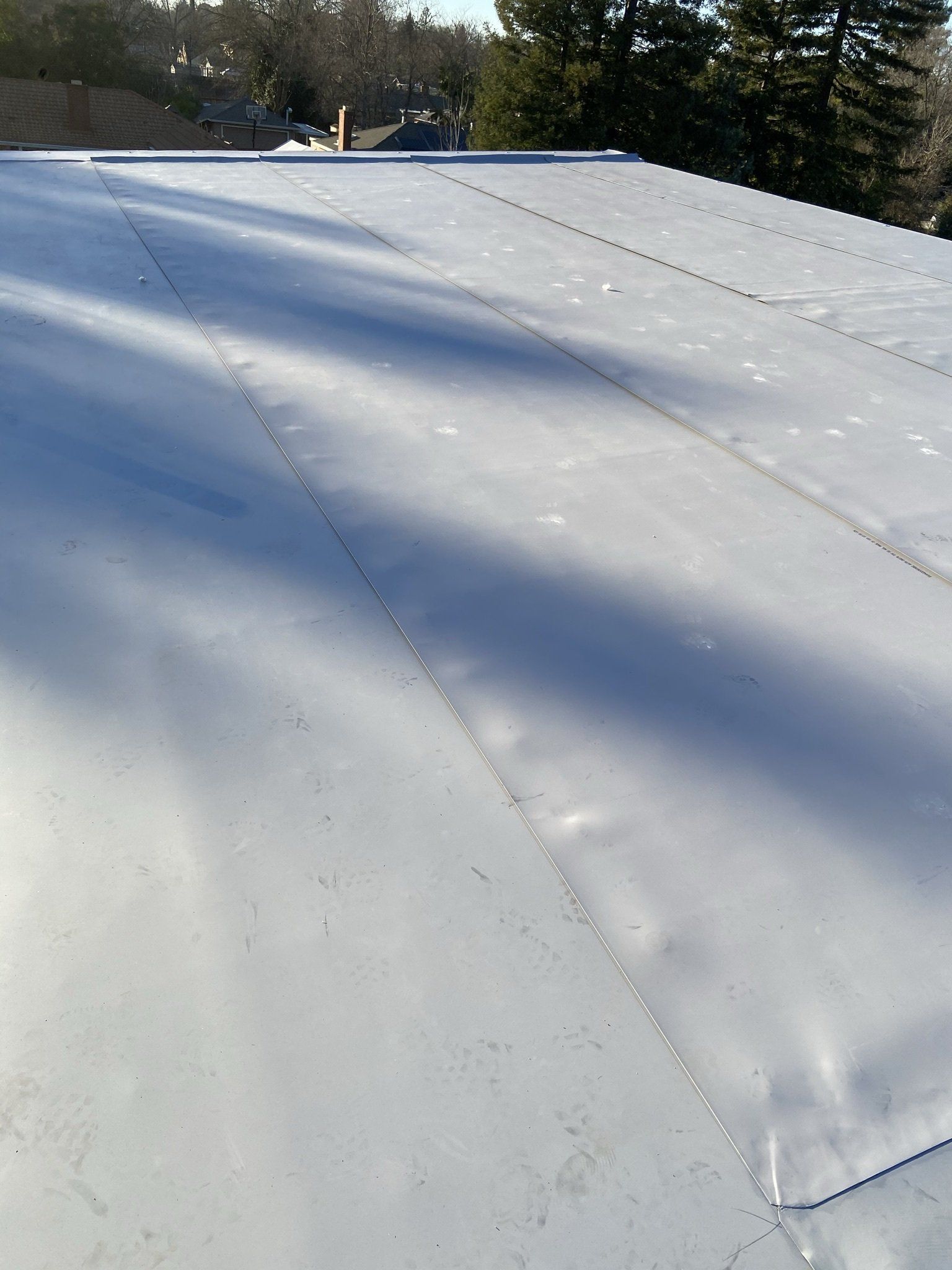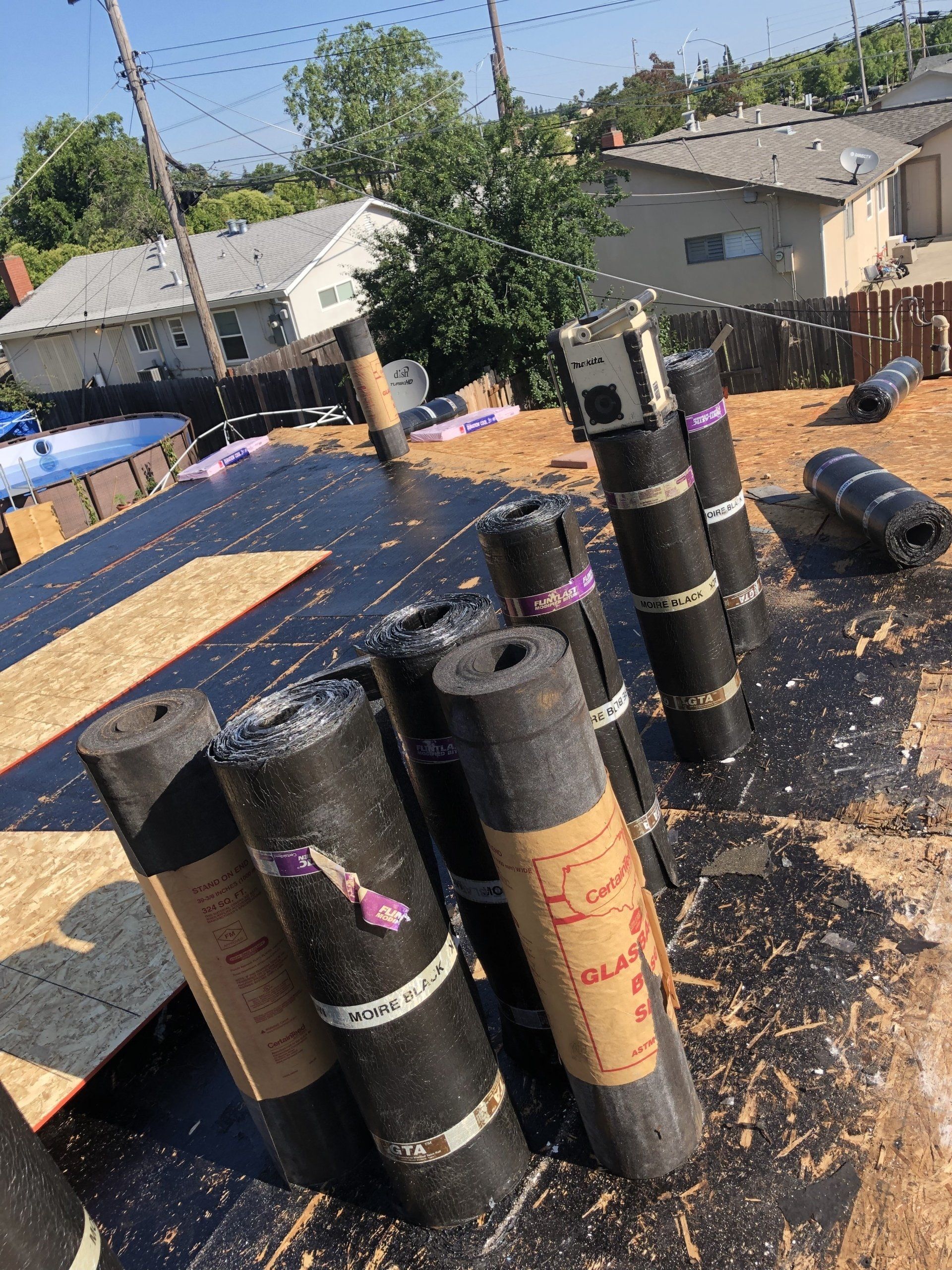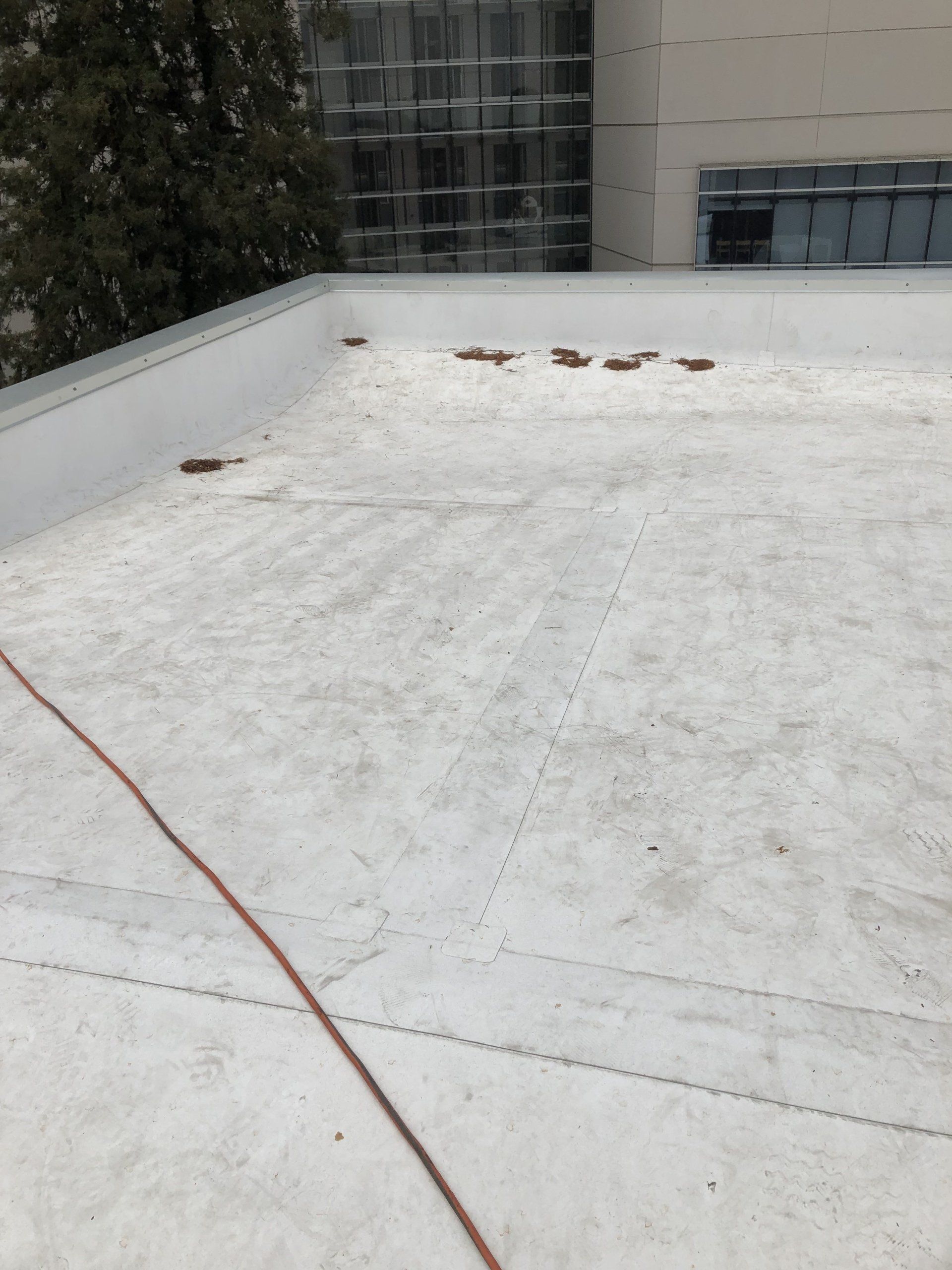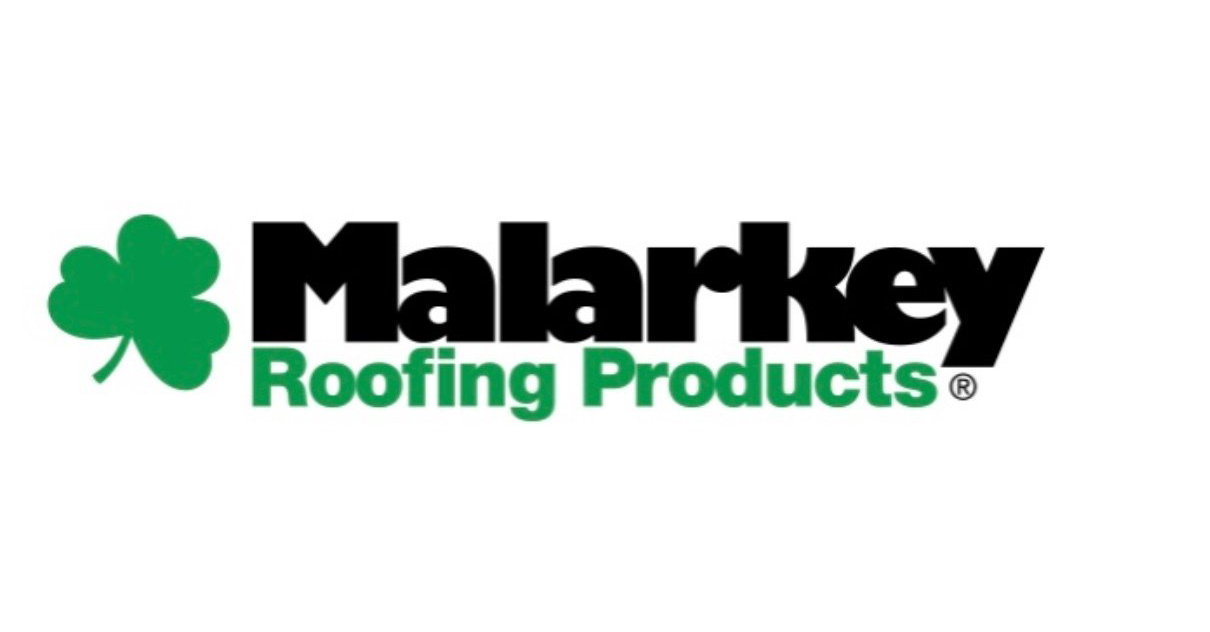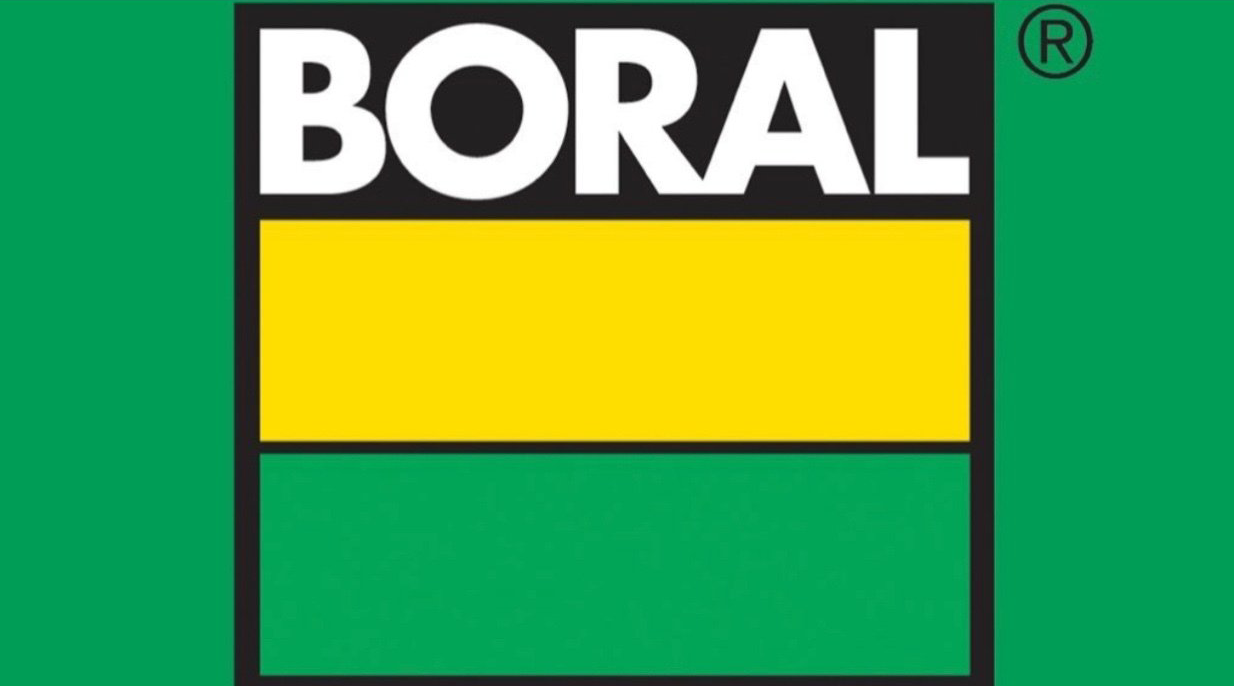FLAT ROOF
Single-ply membrane
TPO
PVC
APP TORCH
Silicone Coating
Polyurethane
Acrylic Coating
Flat roofing systems are typically installed on commercial properties, modern homes, and homes that have a flat or very low pitch. One of the most sought after flat roofing material is TPO.
TPO is made of polyoefin rubber membrane that covers the surface of the roof. It is energy effcient, strong, durable and an economic choice.
Other flat roofing materials we offer are PVC, EPDM, Bitumen and Aluminum Coating.
Single-Ply TPO Membrane
Thermoplastic Polyolefin single-ply roofing
App Torch
Torch down roofing is so named because it requires an open-flame propane torch. In this installation method, sheets of modified bitumen are rolled out onto the roof, and a roofing professional uses a hand-held propane torch to heat the material and adhere it to the surface. Once the layers reach the right temperature, seams are melted together to create a waterproof seal.


